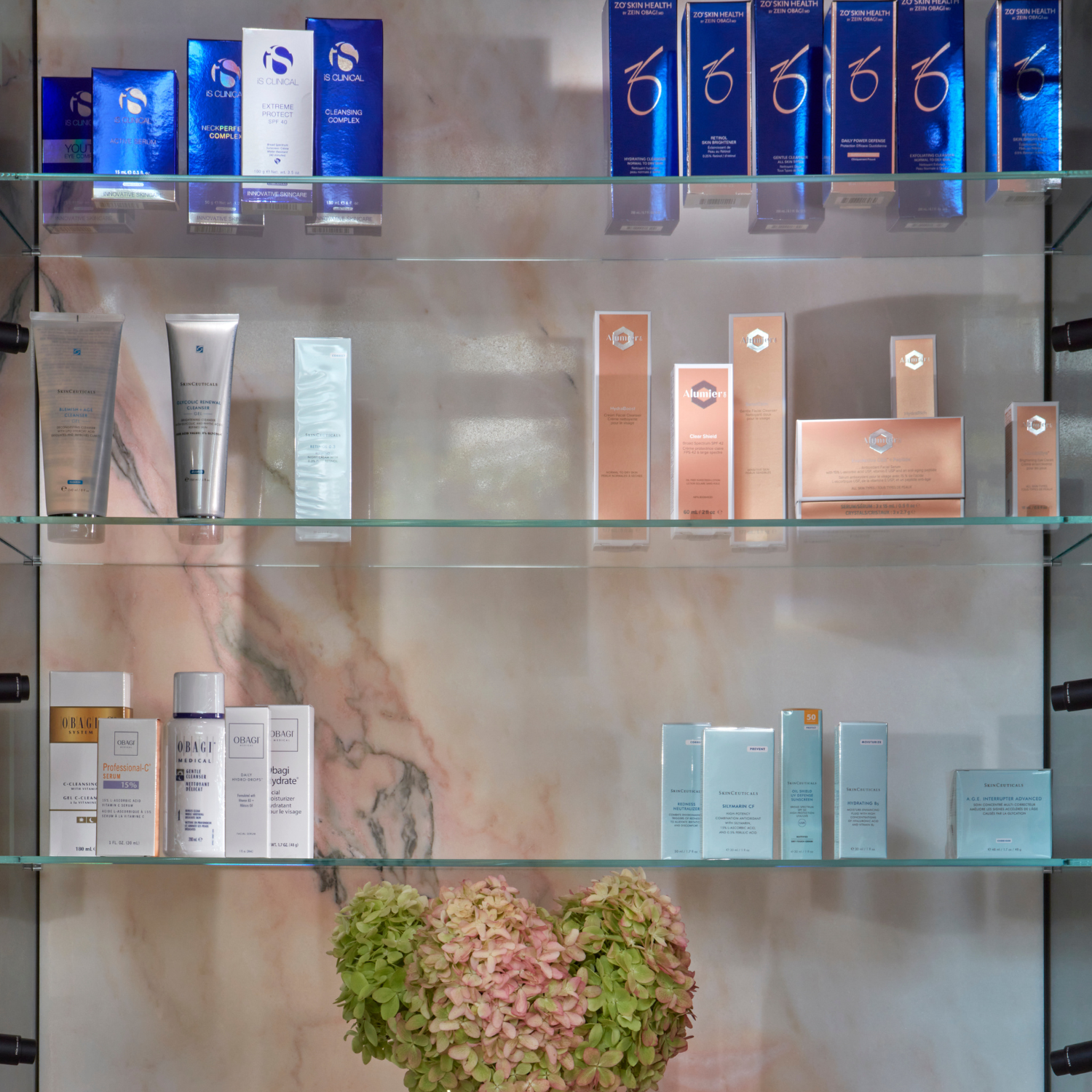There’s a lot of noise out there when it comes to skincare. Collagen one day, LED masks the next, microneedling, red light, facials — it’s hard to tell what actually works and what’s just good marketing. So we went straight to the source.
We sat down with Dr Jonathan Dunne, consultant surgeon and founder of Montrose London skin clinic, to find out what really keeps skin healthy.
You’ve had quite the journey from plastic surgery to co-founding Montrose. What was the turning point that made you want to create your own space?
Having worked in a number of clinics and hospitals in central London, it became clear that a luxury space, discretion and expert care were difficult to find — and patients vocalised it. They were the three core components that formed the vision to develop something new.
Montrose feels different from the glossy Harley Street stereotype. What was the vision behind it, and how do you want people to feel when they walk through the door?
We want patients to feel comfortable and reassured, and our cosy waiting room allows them to feel just that. Then as you move through the space, areas become more clinical, as you would expect in a top medical facility.
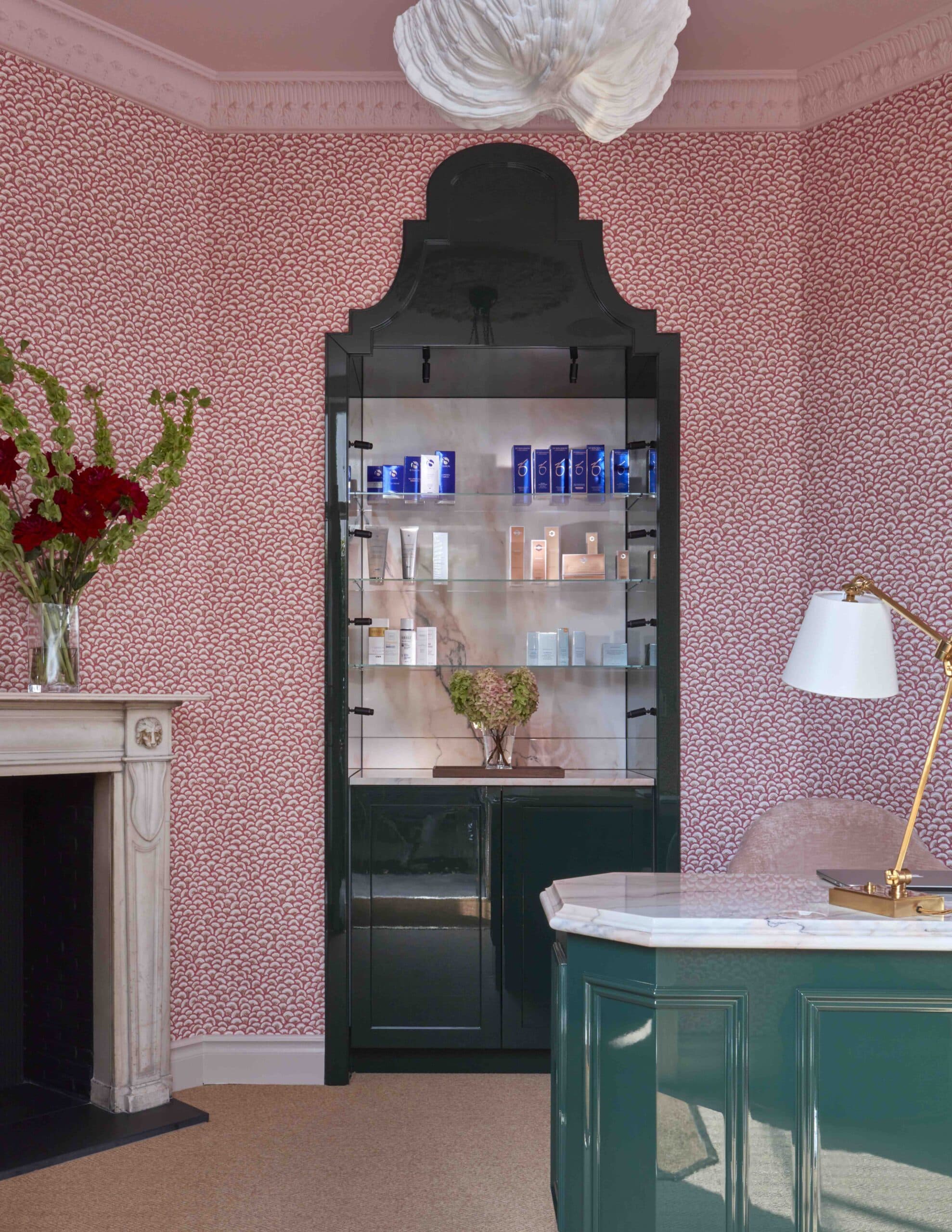
You trained and worked at some of the world’s top centres in facial surgery and reconstruction. How does that surgical background shape the way you approach aesthetics today?
Having exposure to a range of top doctors at international centres allows you to get a rounded approach and have a wide range of solutions for a number of issues. It’s very common for doctors to have a narrow training and only offer one or two treatment options, but I was very keen to have a breadth of experience, which allowed me to think laterally for complex issues and deliver bespoke care.
The beauty world is full of noise and trends. What’s one myth you’d love to bust once and for all?
Filler solves concerns about the under eye! In reality, it’s a complex mix of skincare, deep fat volume and position, degrees of ageing, bone structure and midface position.
Collagen gets talked about like it’s the holy grail. In reality, what actually works when it comes to rebuilding or protecting it?
Having treatments little and often helps maintain collagen. This can be lighter treatments such as micro-needling or medical grade skincare, or more heavyweight treatments such as ablative laser and radio frequency micro-needling.
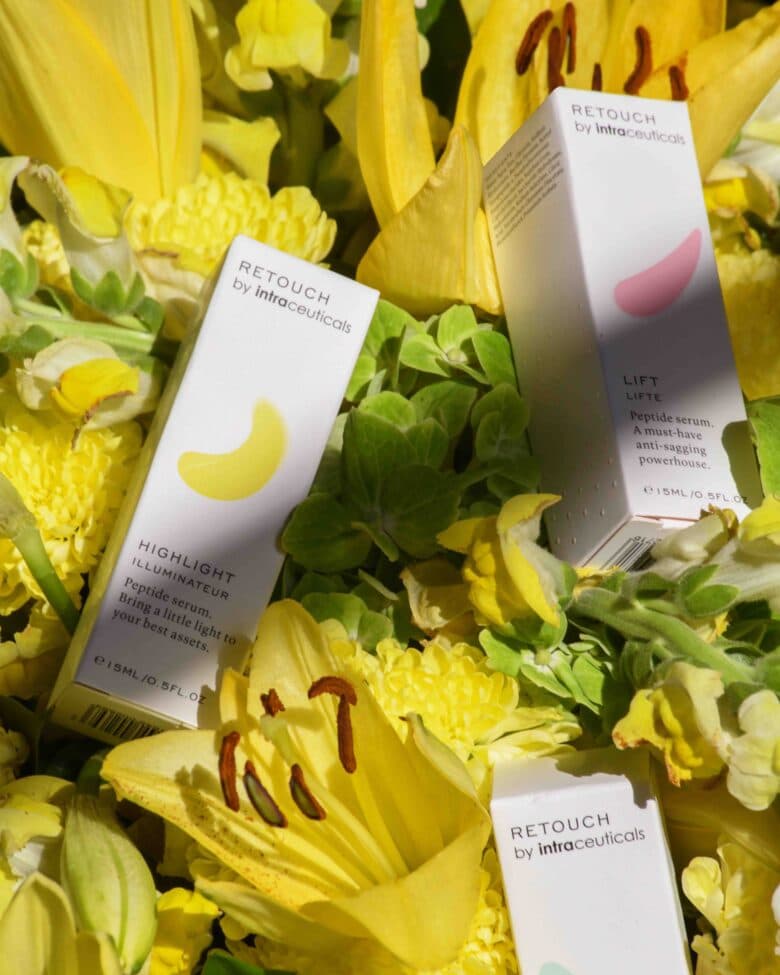
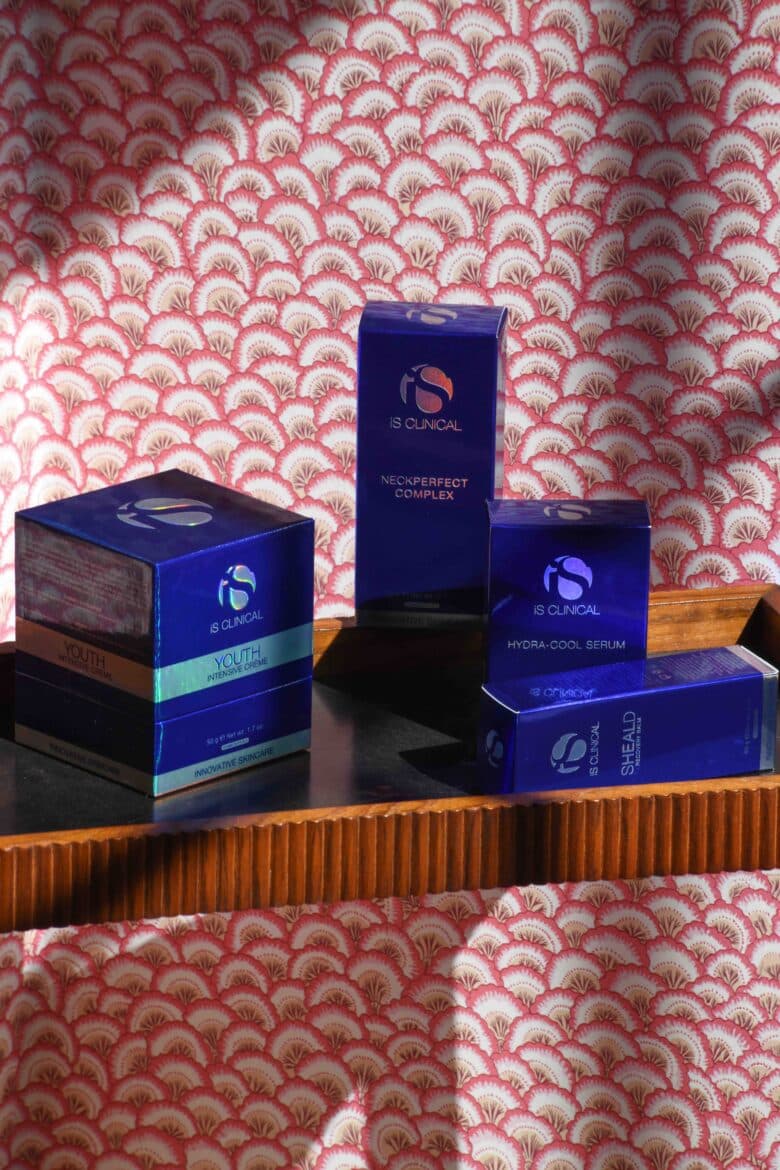
What treatments or approaches do you really rate for keeping skin healthy and future-proofing it?
Laser has a lot of evidence for its efficacy, and I would recommend Sciton as a top-tier platform. This includes their BBL, Halo, Contour TRL and ProFractional hand pieces. These treatments can be performed every one to two years and keep the skin in great condition.
Aesthetics trends come and go so fast. What’s exciting you right now — any particular procedures? And what’s one trend you think we should probably leave behind?
Fat transfer in addition to blepharoplasty (upper and lower eyelid) has the ability to transform results. That is something which is becoming far more widely utilised for the very best in terms of outcomes. I think filler is becoming less frequently used. However, for the right indications it can certainly produce good results. Avoiding overfilling is absolutely crucial.
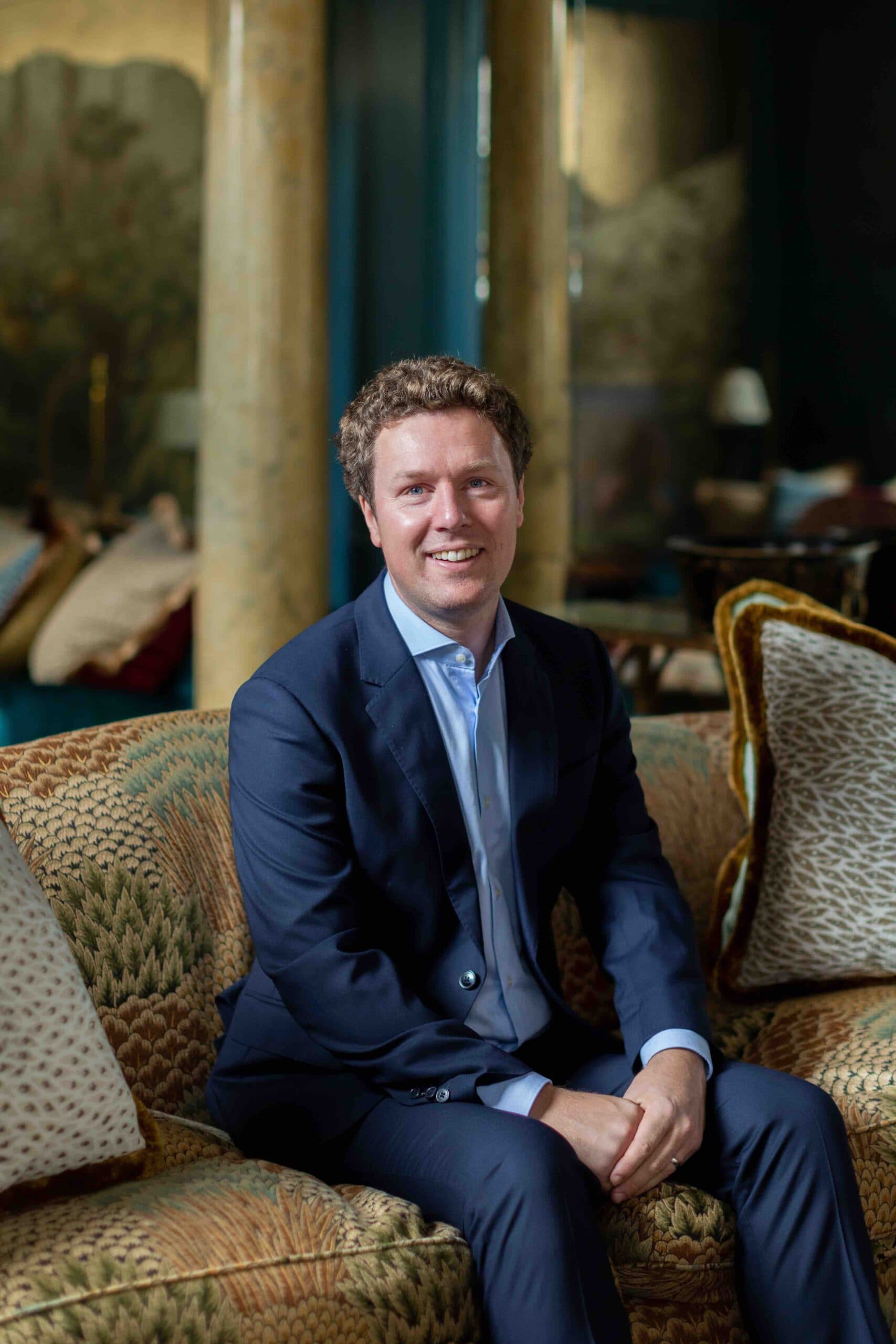
These days, people want results but also a sense of wellbeing. How do you balance the science with the softer, wellness side of beauty?
It’s all about the experience — that is what Montrose London was made for! You want to come to a place where you feel relaxed, energised and seek the best advice in dermatology, plastic surgery or ENT surgery.
What’s next? Any treatments, collaborations, or ideas you’re excited to bring to life?
As we have built on our laser offering in the last couple of months, we are giving our patients the very best in terms of skin appearance, youthfulness and treating medical conditions such as rosacea. It’s exciting to see how far we can take it!

- WriterCherelle Chambers
